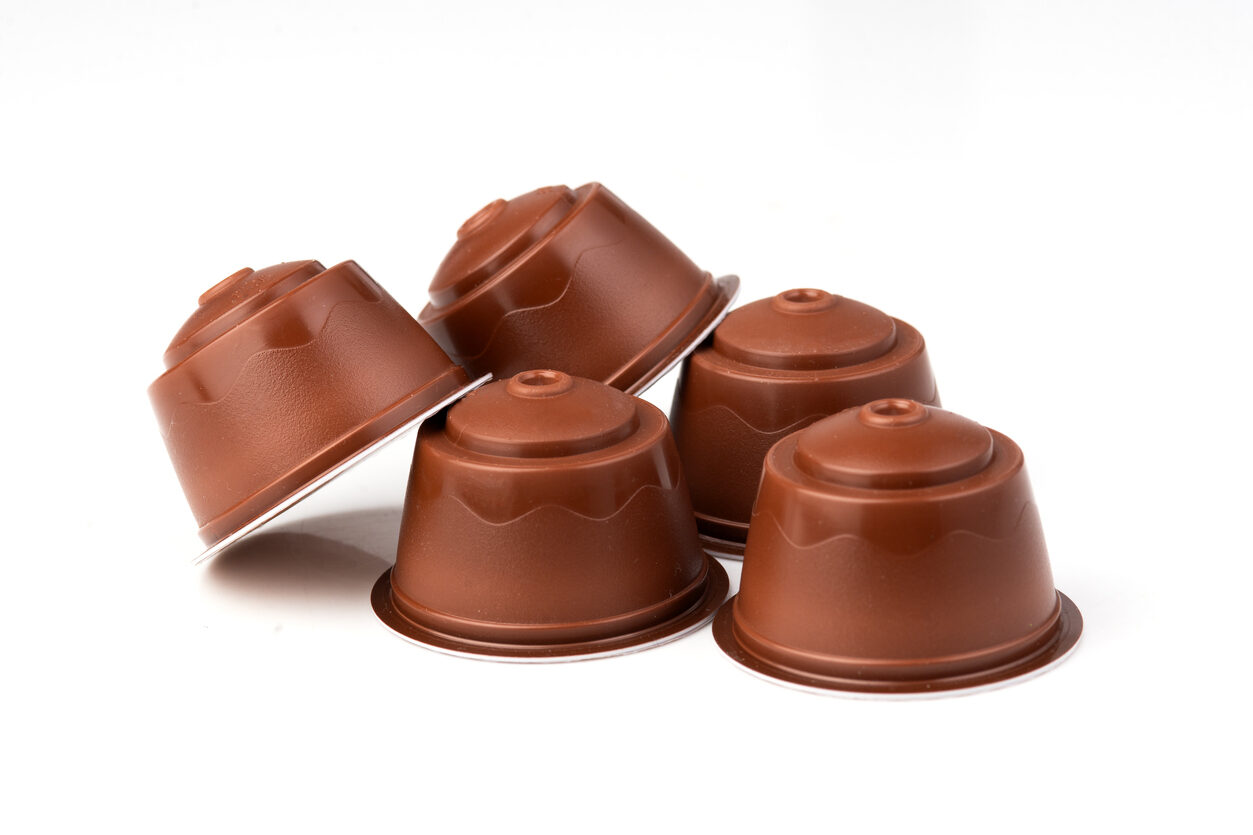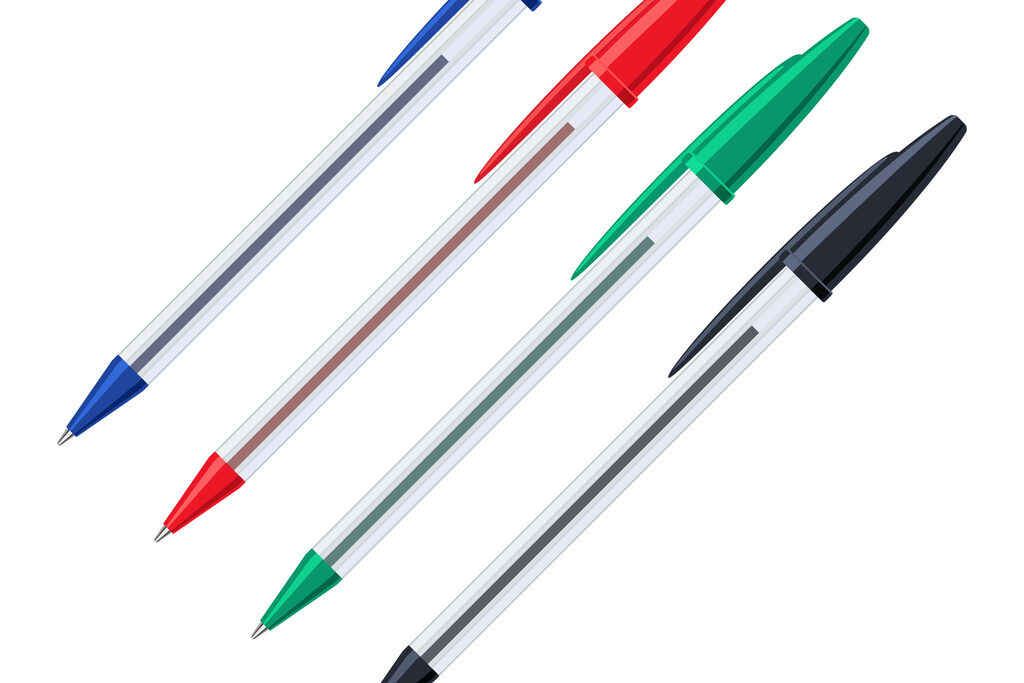1. Coffee Pods

Coffee pods might feel like a tiny luxury, but they’re causing a massive environmental mess. Most pods are made from a blend of plastic and aluminum, making them incredibly difficult to recycle. With millions being used daily in the U.S. alone, these little pods pile up fast in landfills, where they won’t break down anytime soon. Even compostable versions often require industrial facilities that most cities don’t have access to.
Experts in waste reduction say reusable stainless-steel pods or traditional brewing tools like French presses are far more sustainable. Switching to these alternatives can reduce household waste dramatically over time. Convenience doesn’t have to come at the planet’s expense. Making this one small change can keep hundreds of pods out of landfills and give your coffee routine a more eco-friendly spin. The next time you brew, think about what you’re leaving behind besides your mug.
2. Disposable Wet Wipes
Wet wipes are marketed as clean and convenient, but they’re leaving a dirty trail behind. Most wipes are woven with plastic fibers, which means they don’t break down in water like toilet paper. When flushed, they contribute to sewer clogs and giant fatbergs that cost cities millions to fix. Even those labeled as “flushable” often fail to disintegrate properly once in the water system.
Environmental experts urge consumers to limit their use and opt for biodegradable or reusable alternatives. Wet wipes that end up in the environment can also release microplastics that harm aquatic animals. It’s a habit that feels harmless but builds up quickly when used daily. Being more mindful of your hygiene choices doesn’t mean sacrificing cleanliness. It just means choosing options that are better for your pipes, your city’s budget, and the planet you live on.
3. Fast Fashion Clothing
Fast fashion makes trendy clothes affordable, but it’s wreaking havoc on the planet. From toxic dyes to water-hungry cotton, the fashion industry is one of the most polluting in the world. It produces around 10 percent of global carbon emissions and consumes trillions of liters of water annually. Most fast fashion clothes are discarded within a year and rarely recycled, clogging landfills and releasing harmful gases as they decompose.
Sustainability advocates recommend buying secondhand, supporting slow fashion brands, and creating capsule wardrobes that reduce waste. Choosing quality over quantity can have a powerful ripple effect on the environment. It also encourages companies to adopt greener practices. Fashion doesn’t have to cost the Earth. With thoughtful decisions, your wardrobe can reflect your style and your values, making you look good while doing good for the planet.
4. Plastic Food Containers
Those plastic food containers stacked in your kitchen might seem harmless, but many are made with petroleum-based plastics that stick around in landfills for hundreds of years. Even when labeled recyclable, most are rejected due to food stains, cracks, or incompatible materials. They’re a perfect example of single-use convenience creating long-term environmental strain. Millions of these containers are tossed away every day without a second thought.
Health researchers also warn against microwaving plastic containers, which can release harmful chemicals like BPA. Switching to glass or stainless-steel options helps reduce this risk while cutting down waste. These materials last longer, clean easier, and don’t leach toxins into your meals. It’s a smart move for your health and the planet. That small change in how you store leftovers could be one of the simplest ways to live a little greener every day.
5. Glitter
Glitter might seem like harmless fun, but it’s actually one of the most persistent forms of microplastic pollution. Made from tiny plastic and aluminum particles, glitter doesn’t break down in the environment. When washed down drains or blown outdoors, it often ends up in waterways, where it’s swallowed by fish and other marine life. These particles never dissolve and contribute to long-term ecological damage, all for a moment of sparkle.
Many so-called “eco-glitters” still contain synthetic materials unless they’re specifically labeled as biodegradable in marine conditions. Scientists suggest avoiding glitter entirely, especially in cosmetics and crafts. If you must have shimmer, choose responsibly sourced plant-based alternatives made from eucalyptus or cellulose. They offer the same festive effect without harming the planet. You don’t have to dull your sparkle completely, just find a way to shine without adding plastic pollution to the mix.
6. Scented Candles

Scented candles may set the mood, but many release harmful toxins into the air. Paraffin wax, commonly used in mass-market candles, is derived from petroleum. When burned, it can emit potentially dangerous chemicals like benzene and toluene, which are known to affect indoor air quality. These compounds can trigger respiratory issues and contribute to indoor air pollution levels comparable to those from outdoor traffic.
Sustainability experts suggest opting for candles made from beeswax, soy, or coconut wax with natural fragrances. These burn cleaner and break down more easily in the environment. Even the wick matters, some older wicks may contain heavy metals like lead. Candles can still be a cozy part of your home life, just without the hidden harm. It’s one of the easiest eco-friendly swaps that helps both your air, and your conscience stay clear.
7. Nonstick Cookware
That nonstick pan might save you from scrubbing, but it comes at an environmental and health cost. Many nonstick surfaces are coated with synthetic chemicals known as PFAS (per- and polyfluoroalkyl substances). These compounds are nicknamed “forever chemicals” because they don’t break down in the environment. When heated, they can also release fumes harmful to both people and pets, especially birds.
Researchers in toxicology and environmental science have found PFAS in drinking water, soil, and even human blood. Experts recommend switching to cast iron, stainless steel, or ceramic cookware, which offer similar performance without the persistent chemicals. Not only do these alternatives last longer, but they also avoid contributing to the global PFAS pollution problem. One pan might not seem like a big deal, but multiplied across households, the impact becomes too large to ignore.
8. Chewing Gum
Chewing gum might seem harmless, but it’s actually made from synthetic rubber, essentially plastic. That means every piece of gum that gets spit out on the street or tossed in the trash becomes a permanent piece of litter. Most chewing gum isn’t biodegradable and cleaning it up costs cities millions each year. Worse, animals sometimes mistake discarded gum for food, leading to dangerous ingestion.
Environmental researchers say the problem lies in the base ingredient: polyethylene and polyvinyl acetate. Both are plastic polymers that do not break down naturally. A growing number of eco-conscious brands now offer plastic-free gum made from natural chicle; a tree sap used before modern synthetics took over. If you’re hooked on the habit, switching brands could drastically reduce the gum waste sticking to sidewalks, and your conscience. It’s one little change that can stick in a good way.
9. Laundry Detergent Pods
Those colorful detergent pods may be easy to toss into the washer, but they’re not great for the environment. The plastic film that holds the liquid called polyvinyl alcohol (PVA), is marketed as dissolvable, but studies show it doesn’t always fully break down in wastewater systems. Traces of PVA may enter rivers and oceans, contributing to microplastic buildup and affecting marine ecosystems.
Eco-friendly cleaning advocates urge switching to powder detergents or refillable liquid options in plastic-free packaging. Even better, some brands now offer detergent sheets that dissolve without adding plastic to the mix. The convenience of pods doesn’t have to outweigh their impact. Making this change not only reduces plastic pollution but also supports companies working toward sustainable packaging. Clean clothes shouldn’t come at the cost of dirty oceans and this simple switch helps make sure they don’t.
10. Ballpoint Pens

It’s easy to forget how many pens we go through in a year, but each disposable ballpoint pen contributes to mounting plastic waste. Made with a mix of plastic, metal, and ink, they’re difficult to recycle and often end up in landfills. Most people toss out pens when they dry up or get lost, rarely thinking twice about the long-term waste it creates.
Experts in zero-waste living recommend refillable pens or fountain pens as more sustainable options. They may cost more upfront, but they last much longer and drastically reduce the amount of waste over time. Some companies even collect and recycle used pens through special programs. When you stop seeing pens as disposable, you begin to understand how small everyday choices add up. Writing your next grocery list could be your first step toward greener habits.
